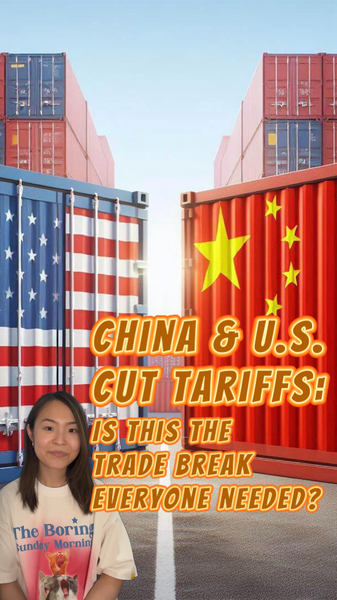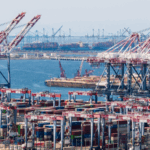In a major move to ease global trade tensions, the Chinese mainland and the United States have agreed to slash tariffs for 90 days—unleashing a whirlwind of activity in shipping lanes, factories, and ports worldwide. 🚚🏭⚡ Analysts say the decision signals a thaw in bilateral relations, with businesses scrambling to capitalize on reduced costs and smoother supply chains.
Here's the breakdown: Export hubs like Shanghai and Los Angeles are reporting record cargo volumes, while manufacturers from Shenzhen to Detroit are revving up production. Consumer electronics, auto parts, and agricultural goods top the list of booming sectors. 💻🌾 'It's like hitting the fast-forward button on trade,' said one logistics manager in Singapore, where port traffic has surged by 20%.
Why now? The tariff cuts aim to address inflation pressures in both economies and stabilize global markets shaken by pandemic-era disruptions. Students and young professionals are tracking the ripple effects—from cheaper tech gadgets to shifts in job markets tied to manufacturing and logistics.
But questions linger: Will this 90-day 'reset' lead to long-term deals? Can supply chains handle the sudden demand spike? 🤔 Stay tuned as we unpack what’s next for global trade—one container ship at a time.
Reference(s):
cgtn.com








